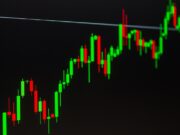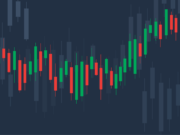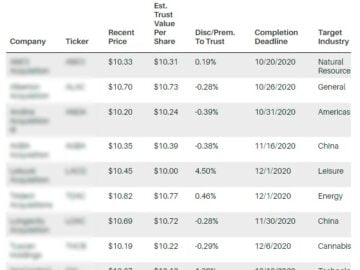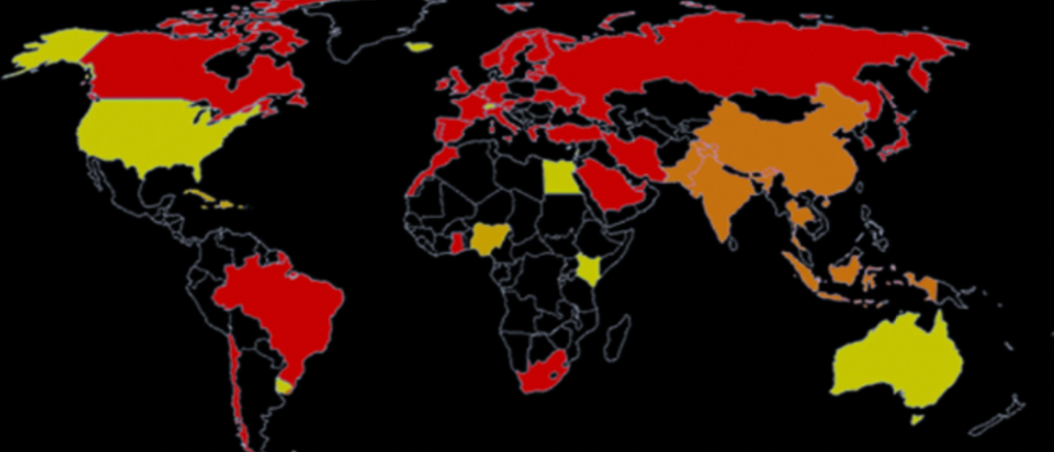Seeking out great stocks to buy is important, but many would say it’s even more essential to know which stocks to steer clear of. A losing stock can eat away at your precious long-term returns. So, determining which stocks to trim or eliminate is essential for proper portfolio maintenance.
Even the best gardens need pruning, and our team has spotted a few stocks that seem like prime candidates for selling or avoiding. Continue reading to find out which three stocks our team is staying away from this week.
Earlier this week, Kansas became the 31st state to legalize sports betting. As more states make the switch, investor enthusiasm for online gambling stocks is fading. Post-pandemic winner Penn Entertainment (PENN) is feeling the pinch. PENN’s share price is down 38% so far in 2022 and down 15% in the past month.
Second quarter earnings were a colossal disappointment. The company managed a slight revenue beat of $1.63 billion versus the consensus expectation of $1.6 billion, but EPS was way off. PENN fell short of Wall Street’s expectations of $0.50, reporting $0.15 EPS for the quarter.
Penn’s focus on regional casino operations helped protect it from slowdowns in gambling hubs like Atlantic City and Las Vegas. But with the hot spots roaring back to life, this trend seems to have ended. The stock is down nearly 80% since March of 2021. After a long and steady decline, analysts are less than impressed with PENN. Stifel analyst Steven Wieczynski recently lowered the firm’s price target from $50 to $45.
There’s no question that electric vehicles are the future, but investors looking for bargains amid the market meltdown would be wise to steer clear of third-party companies specializing in EV charging stations like Blink Charging (BLNK). It’s much too soon to predict winners in this cutthroat niche of the EV industry. Mainly because it’s still not clear if third-party charging kiosks will ever be profitable.
Analysts don’t see Blink becoming profitable before 2026. The company will likely look at a much different landscape by then. A lot can change in three and a half years. From the current vantage point, the near future looks murky for the entire EV industry.
Blink Charging shares have fallen 70% since peaking in early 2021 and are 31% lower year-to-date, but the stock is still trading at 28.5 times, trailing twelve-month revenue. For perspective, the price-to-sales ratio for the S&P 500 index as of June 1 was roughly 3. And this was also way higher than what the ratio has been historically. The current consensus is to Hold Blink stock. We’ll stick to the sidelines on third-party EV charging companies until EV industry headwinds subside.
Food delivery leader and pandemic darling DoorDash (DASH) was one of the big winners in the shift to stay-at-home culture. Between 2019 and 2021, DASH revenue increased by 451%, from $885 million to $4.88 billion. But once the economic reopening was complete, Wall Street’s enthusiasm over the stock sharply halted. Since hitting its peak in November of last year, the stock has plunged more than 76%. Now that the tide has washed out, investors are left to access what’s left, searching for an answer to the looming question – is profitability in the cards for DoorDash?
DoorDash has never generated a profit except for the second quarter of 2020, where it made a profit of $23 million. “It took a global pandemic to drive the firm’s one quarter of profitability. The firm has not been profitable since, and we think it may never be,” said David Trainer, the CEO and founder of New Constructs.
The company expects $49 to $51 billion in gross order volume in 2022, implying a modest 14% increase from $41.9 billion last year. However, that’s not enough to justify DASH’s lofty valuation. Currently, the stock trades at a price-to-sales multiple of 4.6, expensive compared to top competitors like Uber Technologies (UBER), which trades at a price-to-sales multiple of 2.1 – half that of DASH. Its EPS is estimated to remain negative in 2022 and 2023. The stock has declined 60% since the beginning of the year to close Friday’s session at $58.23.














